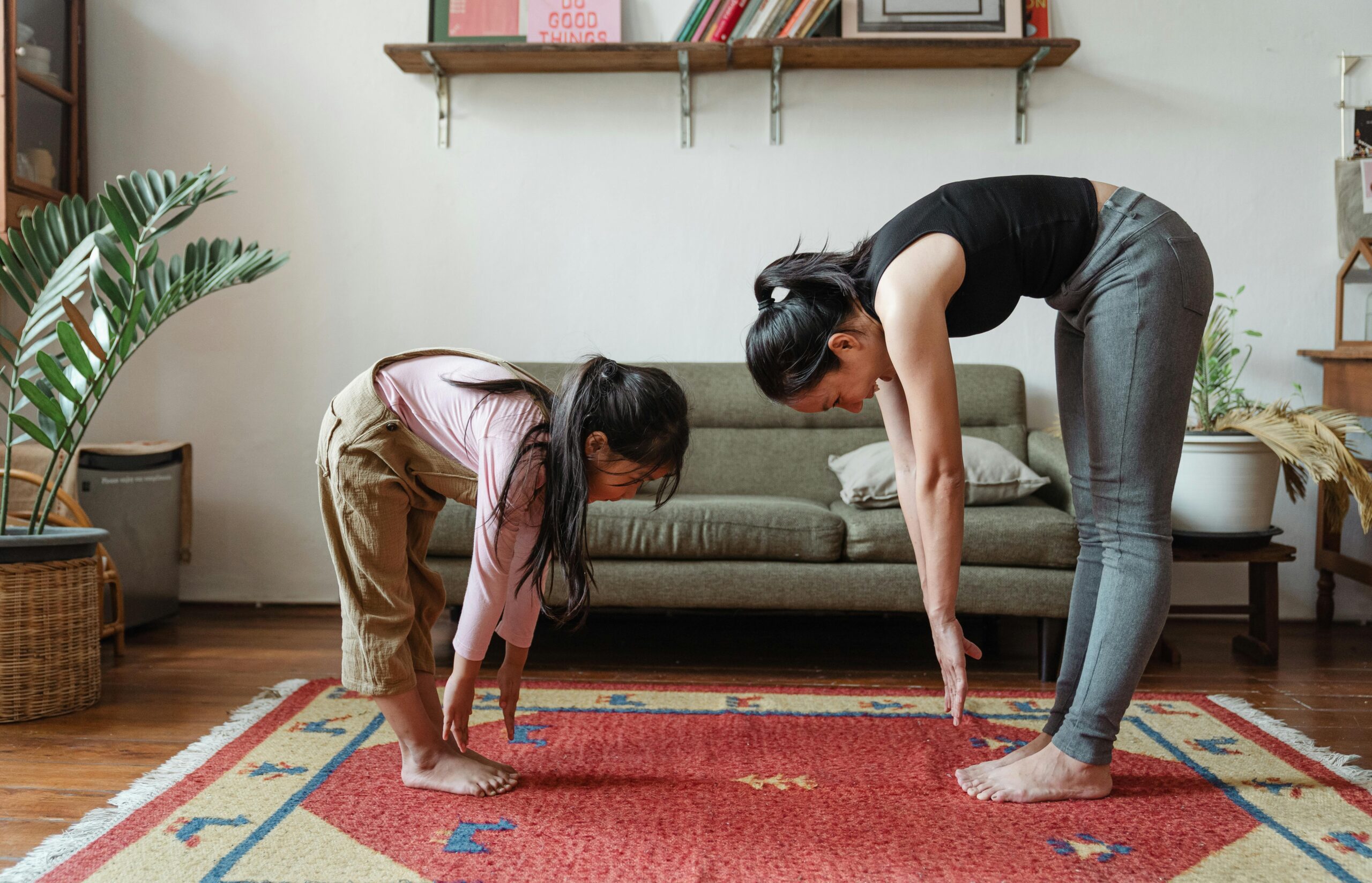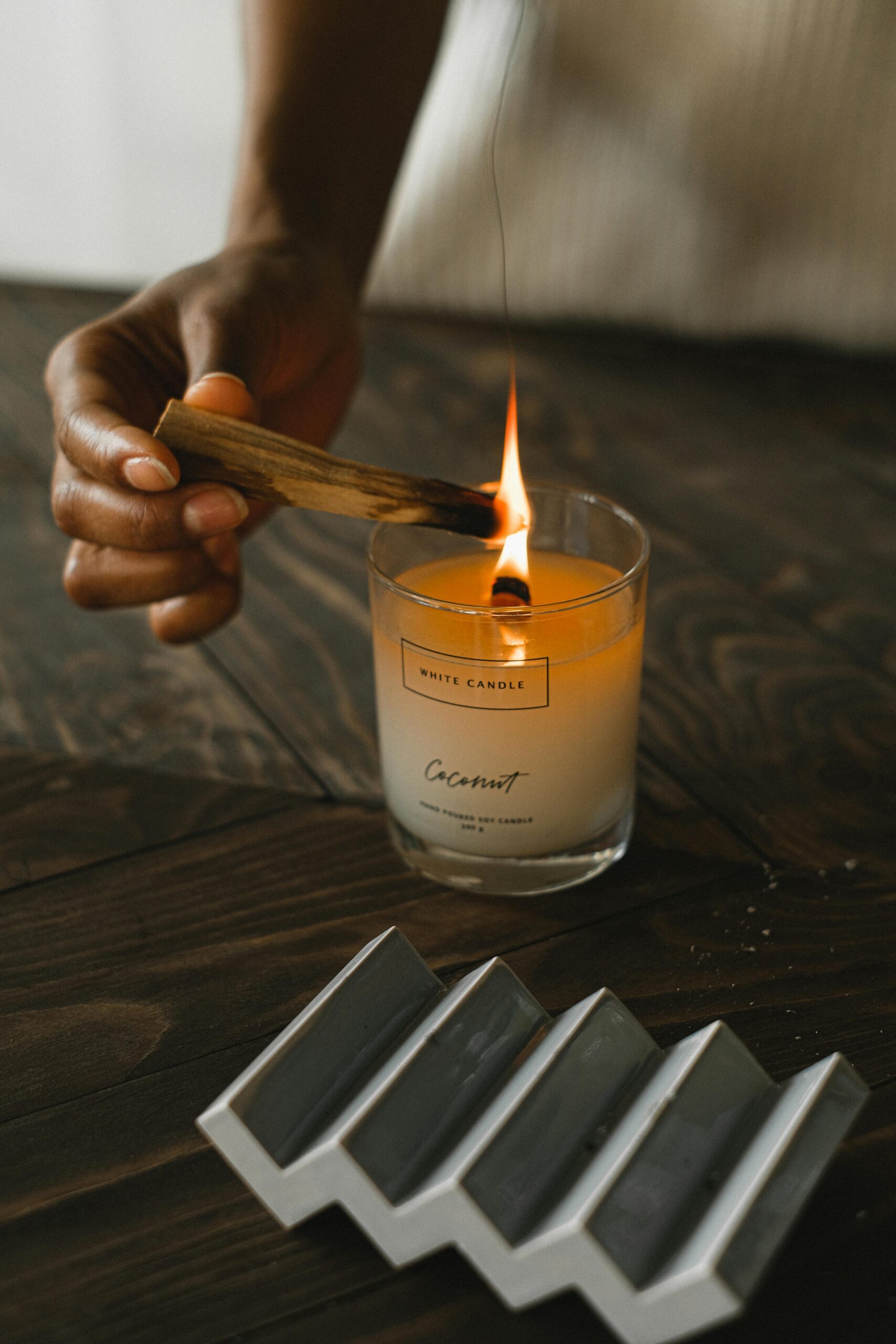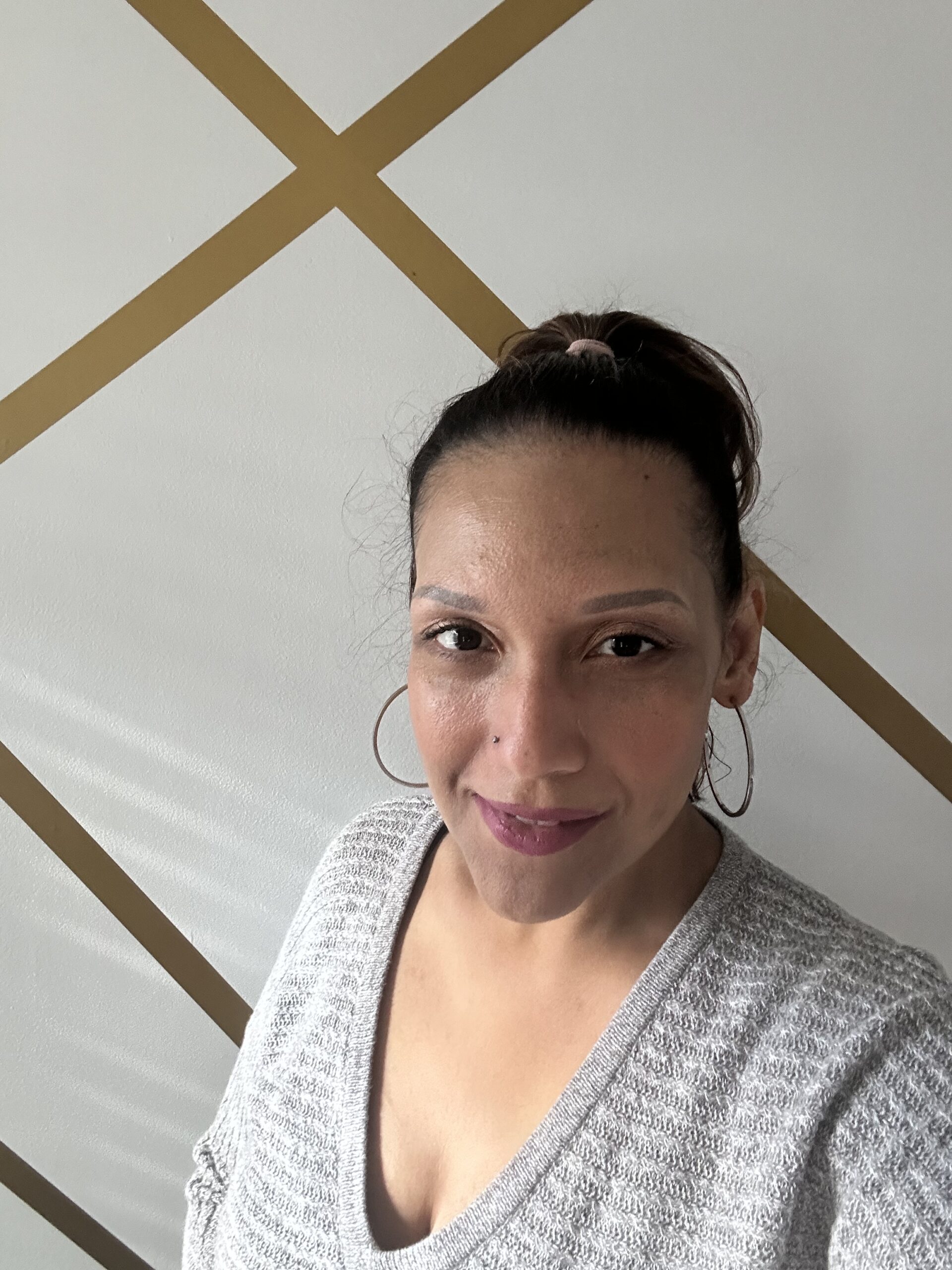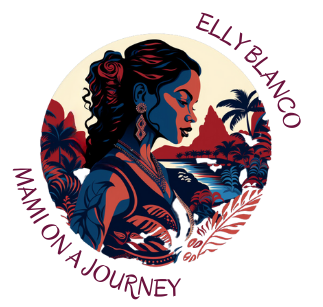mindful motherhood
Hi loves! In the whirlwind of our daily lives, juggling the demands of kids, work, and everything in between, it’s so easy to put our needs on the back burner. I’m guilty of it, too. Take my heel, for instance. I’ve been dealing with this persistent pain, a nagging reminder of my plantar fasciitis. Despite knowing better, I kept pushing through, always on the go, because isn’t that what we do? We often believe that rest is a luxury we can’t afford and that our worth is tied to how much we can do. And now, here I am, facing the possibility of surgery, all because I didn’t listen to the clear signals my body was sending.
Every time I ignore my body’s pleas and end up hurting myself, it’s a stark reminder to slow down. It’s not just me either; I see it all the time in our community. We push ourselves to the brink, often glorifying the ‘busy’ as a badge of honor. But you know what? Our bodies deserve rest. They deserve care. And tuning in to what they’re trying to tell us is crucial. It’s not just about being physically fit or managing pain; it’s about nurturing our holistic well-being.
This is particularly vital for us in the BIPOC community. We face unique stresses and challenges that often go unrecognized. Our bodies carry not just our personal burdens but the weight of generational struggles and societal expectations. So when our bodies speak, we need to listen, really listen. It’s a form of self-respect and an act of self-preservation. Let’s start that journey together, shall we? Let’s pledge to honor the whispers and sometimes shouts of our bodies, embracing our health. It’s not just self-care; it’s a radical act of self-love.


How do we listen?
Our bodies are like our best friends, constantly conversing with us. They’re always there, giving us little nudges and sometimes loud shouts to guide us towards what they need. That nagging headache we often brush off? It might be more than just a nuisance; it could be our body’s way of saying, ‘Hey, you’re pushing too hard. Take a break, breathe, relax.’ And how often do we ignore that constant tiredness throughout the day? Our body might be whispering – or maybe even shouting – ‘I’m exhausted! I need more rest or some wholesome, nourishing food to recharge.’
But here’s the thing: in the hustle and bustle of our daily lives, especially as mothers and caretakers, we tend to tune out these messages. We put them on the back burner, thinking we’ll get to them later, or worse, believing that our needs aren’t as important as those we care for. However, learning to pay attention to these subtle (and sometimes not-so-subtle) cues is the first crucial step in transforming our relationship with our health and well-being.
Listening to our bodies is like learning a new language, the language of self-care and self-love. It’s about recognizing that a sore back might be a sign to ease up on the physical load or take a moment for some gentle stretches. It’s understanding that if we’re feeling unusually irritable or emotional, our body could ask for a moment of peace, maybe a walk in nature or some quiet time to meditate and realign.
These conversations our bodies try to have with us aren’t just physical; they’re deeply emotional and spiritual. They’re integral to our journey as women, caregivers, and pillars of our families and communities. By tuning in and truly listening, we start to care for ourselves more meaningfully. This isn’t just about responding to pain or fatigue; it’s about honoring and nurturing the incredible vessel that carries us through life.
So, let’s make a pact to start listening more intently to these chats our bodies are so eager to have with us. Let’s commit to responding with kindness and care, acknowledging that by nurturing ourselves, we are, in turn, better equipped to nurture those we love.
“Learning to pay attention to these subtle (and sometimes not-so-subtle) cues is the first crucial step in transforming our relationship with our health and well-being, which strengthens our mindful motherhood.”
that gut feeling
Do you ever get those gut feelings about your kids or certain situations in your own lives? Those feelings are more than just fleeting thoughts; they’re our intuition, a powerful and innate tool we all possess. It’s like having an internal compass or a wise old friend within, guiding us through life’s complexities. This intuition is especially profound in the context of our cultural experiences and heritage, which shape and color our perceptions and reactions in unique ways.
But how do we tap into this inner wisdom? It starts with creating space for silence and reflection in our busy lives. Finding moments of quiet can be transformative in a world that’s constantly buzzing with noise and demands. Meditation, even if it’s just for a few minutes a day, can help us tune in to our inner voice. Journaling is another powerful tool. When we write down our thoughts and feelings, we give form to what our intuition tries to tell us, often revealing insights we might not have noticed otherwise.
01
Sleep: More Than Just Rest
Getting good sleep can be a real struggle, but it’s important. Our sleep patterns can tell us a lot, like if we’re dealing with anxiety or other issues. We need to pay attention to it, considering all the roles we juggle. Last year, I read the book “Why We Sleep” by Matthew Walker, where he talks about the importance of sleep but how little we understand it. He gives us insight into why sleep is so important and one of the most critical things we can do to care for our health.
Paying attention to our dreams can also offer clues. Sometimes, our subconscious communicates through our dreams, bringing awareness to things we might overlook or suppress in our waking life. I believe my higher power sends me messages through my dreams. I keep a morning gratitude journal where I also capture my dreams, and each week, I look for trends. Sometimes, It helps me reflect on childhood wounds and sometimes I get story ideas!
02
Food Cravings: What Are They Saying?
Have you ever found yourself craving salty snacks or reaching for sweet treats more often than usual? It’s not just random; these cravings can be our body’s communication. For instance, a chocolate craving could indicate a magnesium deficiency, while craving salty foods might signal dehydration or mineral imbalances. Our cultural backgrounds often influence our food choices, which means our cravings can also be tied to emotional or familial connections. Understanding the root cause of these cravings can help us make more mindful food choices that nourish our bodies and souls.
One way to better understand these signals is to maintain a food diary. Not just log what you eat but also note how you feel physically and emotionally when you eat certain foods. This practice can reveal patterns and help identify if your cravings are due to emotional reasons like stress or your body’s way of asking for certain nutrients. I know there is a ton of controversy surrounding period tracking apps, but I use one that tracks more than my period, Stardust Cycle Tracker; I can track cravings and body issues to look for trends. This has come in increasingly handy as I enter perimenopause.
03
Our Bodies Remember
Our bodies have an incredible memory, not just for joyful moments, but also for the traumas we’ve experienced. This isn’t just about emotional memories; it’s about how trauma can be physically held within our bodies. Many of us carry historical trauma – not only our own but sometimes that of our ancestors or communities. This can manifest in various ways, from tension in our muscles to a constant feeling of fatigue or restlessness.
The key to addressing this is movement. Physical activities, especially those that focus on mindfulness and connection, like yoga or dance, can be powerful in releasing the hold that trauma has on our bodies. These activities help us reconnect with our bodies and feel and release the tension we may not even realize we’re holding. It’s a process of rediscovery where movement can help us let go of past traumas and embrace healing.
For those interested in exploring this further, I highly recommend Dr. Bessel van der Kolk’s book, “The Body Keeps the Score.” Dr. van der Kolk is a renowned expert on trauma, and in his book, he discusses how trauma reshapes both the body and the brain. He introduces innovative treatments, including meditation, yoga, and other activities, highlighting how they can activate the brain’s natural neuroplasticity to aid recovery. This book is not just informative; it offers hope and practical solutions for those seeking to reclaim their lives from trauma.
Reading “The Body Keeps the Score” can provide valuable insights into how our bodies remember trauma and the steps we can take toward healing. It’s a reminder that our relationships and activities can harm and heal, offering new perspectives on approaching recovery and well-being.
04
Tension and headaches
Meditation, breathwork, and gentle movement are invaluable to nurture this mindful awareness further. They encourage us to focus on our body’s signals and can be particularly helpful in understanding and responding to signs of tension and stress. The Open app (www.open-together.com) is an excellent resource for exploring these practices. Offering guided meditations, calming music, and breathwork sessions, the Open app provides a variety of ways to engage in mindful presence. Its gentle movement exercises are also a fantastic way to release physical tension and gain deeper insight into any discomfort we might be experiencing, such as persistent headaches.
Using the Open app can help us pause and breathe in our busy lives, creating a space to listen attentively to what our bodies and minds are trying to communicate. Regular practice can cultivate a more intuitive and responsive relationship with our bodies, improving mental and physical health. It’s a journey of listening deeply, not just to our thoughts, but also to the subtle, sometimes not-so-subtle, physical sensations that can guide our choices towards greater well-being.
conclusion
It’s also important to trust and value our intuition. In many BIPOC communities, there’s a rich tradition of valuing instinct and inner wisdom. Embracing this heritage can empower us to trust those gut feelings more, whether it’s about deciding for our children or navigating a challenge in our personal lives.
By creating space for introspection, listening to our bodies, paying attention to our dreams, practicing mindfulness, and trusting our instincts, we can tap into the profound wisdom of our intuition. This inner guidance can be a powerful ally as we navigate the journey of motherhood and life, helping us make choices aligned with our true selves and the well-being of our families.
BIPOC moms, our journey is unique and filled with beauty and challenges. Understanding the language of our bodies is a powerful step towards embracing our total health. Listen to the whispers and shouts of your body; it’s a reservoir of wisdom and strength. What is your body telling you today?


Disclaimer
I am not a trained medical or mental health professional. The insights and resources shared in this blog post are based on my personal experiences and are intended for informational purposes only. It is crucial to consult with qualified healthcare professionals for any health-related concerns, lifestyle changes, or mental health issues. Their guidance should be sought for personalized advice and treatment. Additionally, always seek information from credible resources to ensure well-rounded and informed decisions about your health and well-being.
Affiliate Disclaimer:
Some of the links on this website are affiliate links, which means that if you click on them and make a purchase, you may receive a small commission at no extra cost. This helps support my blog and allows me to continue creating content. I only recommend products and resources I believe will be valuable to my readers.
